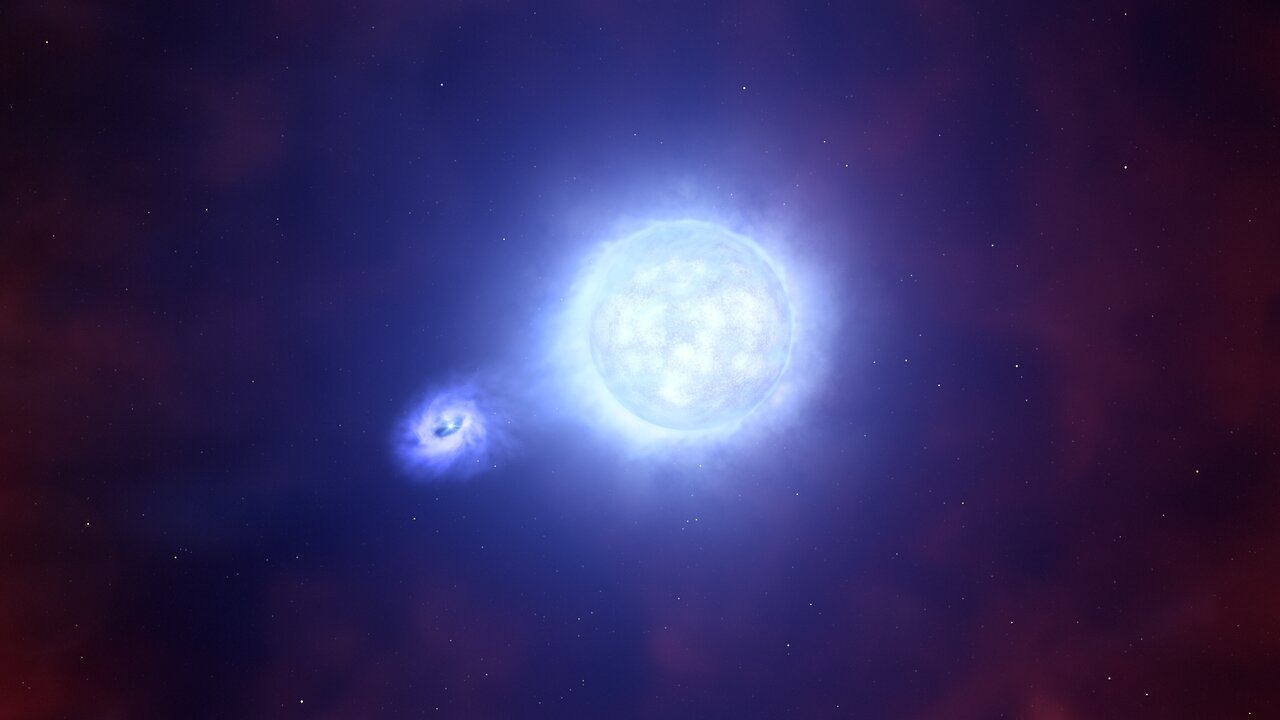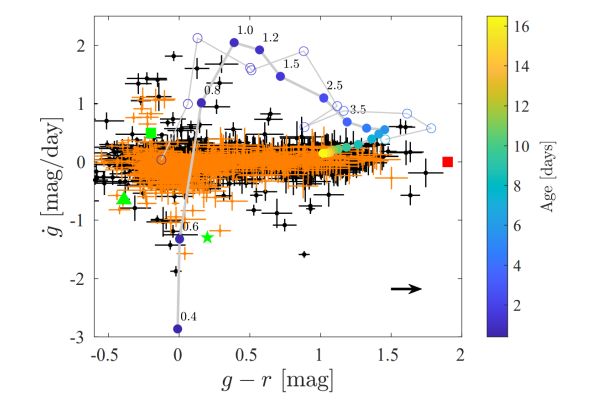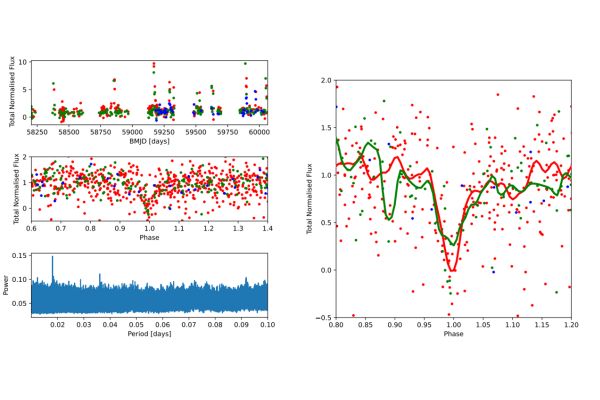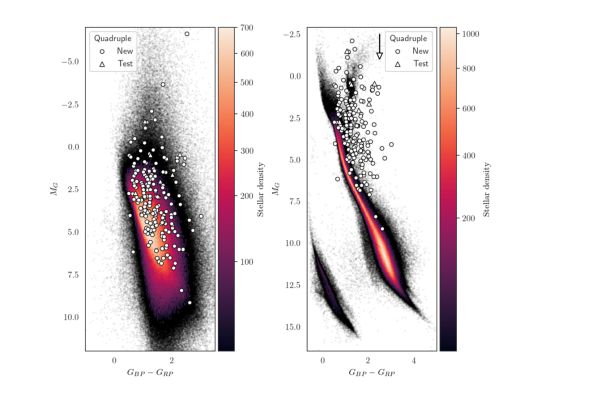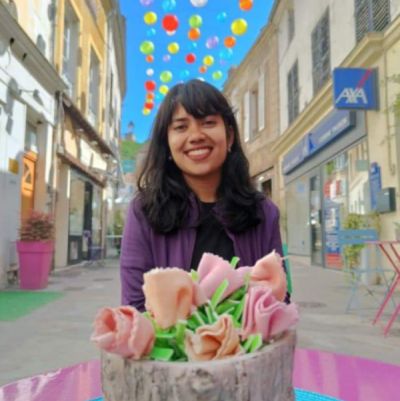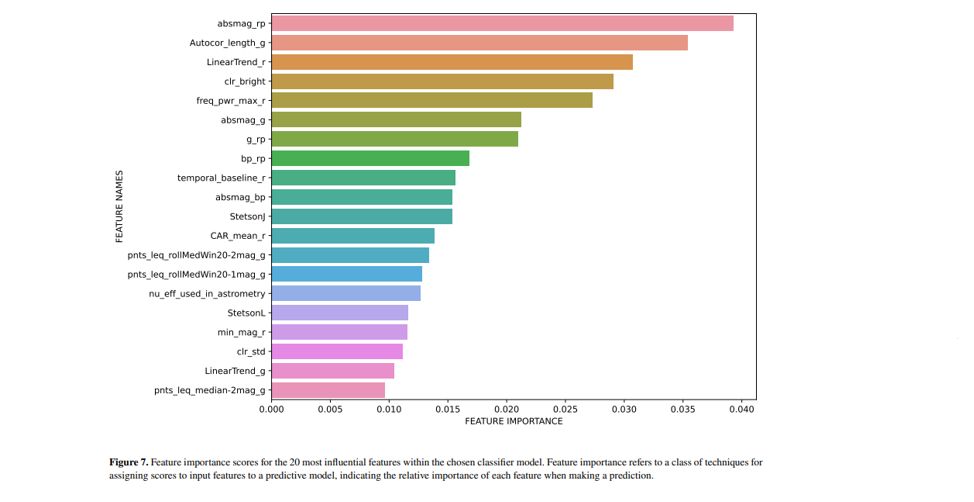New Partners
As we transition in the next phase of ZTF, there is inevitably a change in the marching order. We are sad to see IN2P3, DESY, Trinity College Dublin, the Weizmann Institute, and the TANGO University System of Taiwan depart as partners but they remain as firm collaborators in many projects. We are glad to welcome the University of California Berkeley as a new partner to the fold and, in particular, the research groups of Prof. Raffaella Margutti and Ryan Chornock with their strong interests in explosive transients.
Shri Kulkarni
ZTF Principal Investigator, Professor of Astronomy and Planetary Sciences, Caltech
Matthew Graham
ZTF Project Scientist, Research Professor of Astronomy, Caltech
ZTF Public Data Release 20
There are changes to the public data release schedule in ZTF-O4. Please, read the information on our website.
This release adds 4 months of observations to the nineteenth data release, up to 31 October 2023 for the public portion of the survey, and private survey time prior to 30 June 2022. The products include 53.5 million single-exposure images, 176 thousand co-added images, accompanying source catalog files containing 828 billion source detections extracted from those images, and 4.75 billion light curves constructed from the single-exposure extractions.
ZTF Experiments
The ZTF Experiments program is a new initiative of the ZTF collaboration that will run during the ZTF-O4. Every month, three nights of the ZTF observing time will be dedicated to bold science experiments, that require very specific observing conditions (cadence, filter configurations, etc) that differ from the standard modes used for the public survey and other large programs within the collaboration. The alerts from the ZTF experiments will be public and available immediately. Photometry and images will become available after a 60-day period. The schedule of upcoming experiments will become available in late Feb 2024 on our website. The following ZTF experiments ran in Dec 2023 and Jan 2024.

Resolving stellar variability on all timescales
Dates: 8-10 Jan, 2024
The ZTF Galactic science working group is undertaking a 3-night experiment to perform nearly all-night deep drilling of three individual fields, one per night. The goal of these observations will be to both detect and resolve stellar variability on all timescales covered by the baseline of a full night (~11 hr in January), and to assess the completeness of SCoPE periodicty detections in regions of different stellar densities by comparing SCoPE periods with periods detected within the experimental observations.
Learn more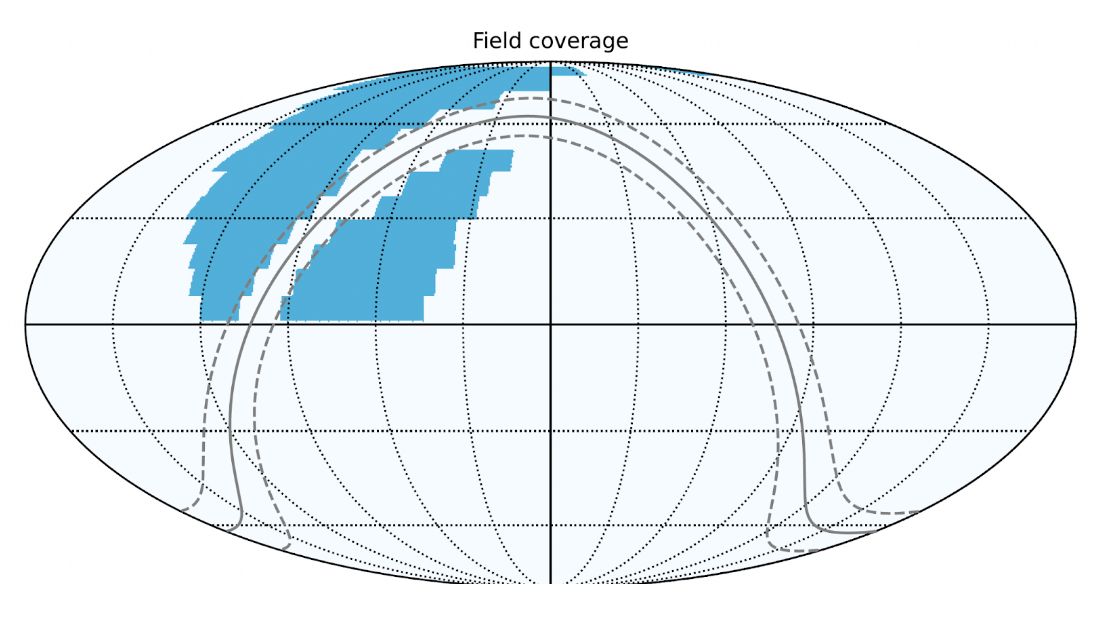
Extragalactic high cadence experiment
Dates: Dec 13-15, 2023
Distinct from regular ZTF operations, this experiment emphasizes densely sampled, intranight observations with deeper exposure, aiming at optimizing the detection efficiency of fast-evolving or newly emerging optical transients.
Learn moreScience Highlights
Astronomers see direct evidence of the birth of a black hole or neutron star
Using the Zwicky Transient Facility and a suite of other more powerful telescopes for follow up, astronomers led by ZTF partners at Weizmann Institute of Science have studied SN2024jli, a supernova discovered back in May 2022 whose oscillating brightness presents the first direct evidence that black holes or neutron stars can be born from the death of a massive star.
Press ReleasePrioritization of neutron star merger candidates
Authors use the ZTF survey to extend and quantify an approach to identify the best potential candidates for neutron star merger follow up. Selection based on fast flux variations is commonly used for young supernovae and NS mergers.
More accreting ultracompact binaries seen with the ZTF
In this short letter, the authors report the use of the Box Least Square method to search for periodic signals in the ZTF data and the discovery of four new accreeting ultracompact binaries. The search was performed on a list of 4171 dwarf novae and the observed photometric properties and orbital periods are further discussed.
Finding double eclipsing binaries in the Zwicky Transient Facility survey
Vaessen, T. and van Roestel, J.
In this paper, authors describe a new method that was successfully implemented to systematically search for double eclipsing binary systems in sparsely sampled data. In total 198 new double eclipsing binary systems have been found in 575 526 light curves from the ZTF survey data.
ZTF Faces
Rita Abani
(Caltech, USA)
I was born in Hyderabad, a city in South India, often referred to as the ‘City of Pearls’. It is famous for a lot of things, but what stands out is the food; biryani and kebabs!
Read OnIdo Irani
(Weizmann Institute of Science, Israel)
I grew up in the university town of Rehovot, south of Tel Aviv. As a child, I was a passionate science lover.
Read OnZTF Science Vlog
The ZTF vlog brings you the latest ZTF results presented by the authors themselves.
What early UV light curves reveal about the progenitors of Type II supernovae
In our latest ZTF science vlog, we hear from Ido Irani, a PhD student at the Weizmann Institute of Science in Israel who chased the early UV light from Type II supernovae with the Zwicky Transient Facility and NASA's Swift telescope in space. Ido combined data for 35 supernovae to study the radius of the progenitor stars and compare it with theory.
Science with public ZTF data
We highlight scientific publications from individuals and groups outside of the ZTF partnership that use ZTF public data
Machine-learning applications for cataclysmic variable discovery in the ZTF alert stream
[Abstract]Cataclysmic variables (CV) encompass a diverse array of accreting white dwarf binary systems. Each class of CV represents a snapshot along an evolutionary journey, one with the potential to trigger a type Ia supernova event. The study of CVs offers valuable insights into binary evolution and accretion physics, with the rarest examples potentially providing the deepest insights. However, the escalating number of detected transients, coupled with our limited capacity to investigate them all, poses challenges in identifying such rarities. Machine learning (ML) plays a pivotal role in addressing this issue by facilitating the categorization of each detected transient into its respective transient class. Leveraging these techniques, we have developed a two-stage pipeline tailored to the Zwicky Transient Facility transient alert stream. The first stage is alerts filter aimed at removing non-CVs, while the latter is an ML classifier produced using Extreme Gradient Boosting, achieving a macro average area under the curve score of 0.92 for distinguishing between CV classes. By utilizing the generative topographic mapping algorithm with classifier posterior probabilities as input, we obtain representations indicating that CV evolutionary factors play a role in classifier performance, while the associated feature maps present a potent tool for identifying the features deemed most relevant for distinguishing between classes. Implementation of the pipeline in 2023 June yielded 51 intriguing candidates that are yet to be reported as CVs or classified with further granularity. Our classifier represents a significant step in the discovery and classification of different CV classes, a domain of research still in its infancy.
|ZTF is supported by the National Science Foundation and a collaboration including The ZTF partnership
is a consortium of the following universities and institutions: Oskar Klein Center,
Stockholm University, Sweden; Ruhr University, Germany; University of Warwick, UK; University of
Maryland, College Park, USA; Northwestern University, Evanston, USA; University of Wisconsin,
Milwaukee, USA; Drexel University, USA; Cornell University, USA; University of California, Berkeley;
IPAC, Caltech, USA; Caltech, USA. Operations are conducted
by COO, IPAC and University of Washington.
Any opinions, findings, and conclusions or
recommendations expressed in this material are those of the
author(s) and do not necessarily reflect the views of the National Science Foundation.

